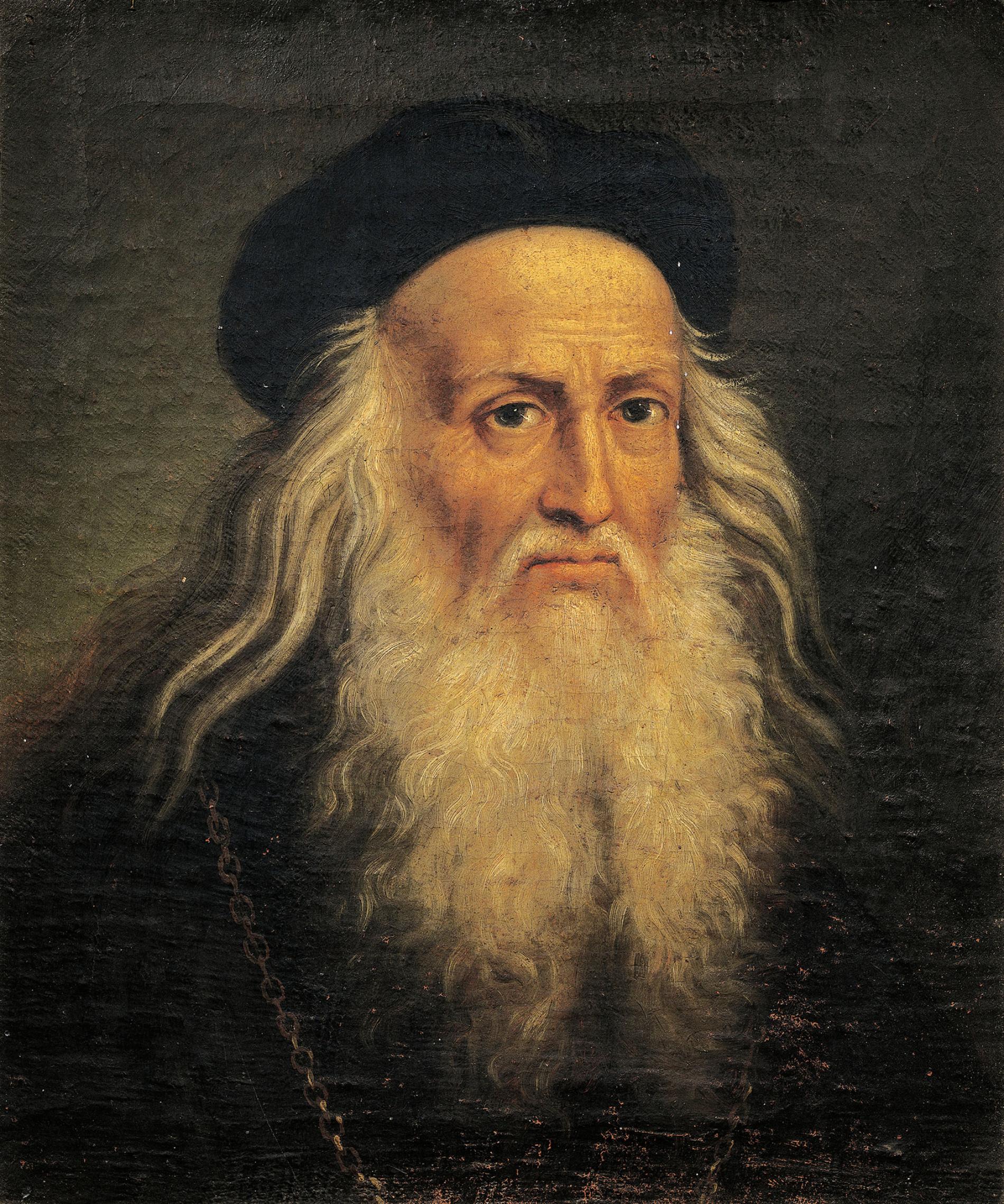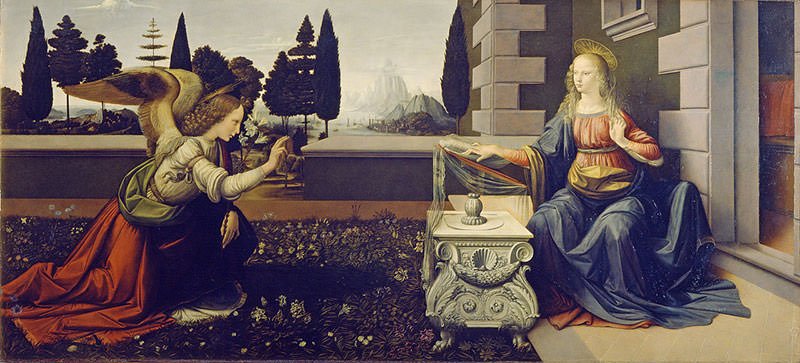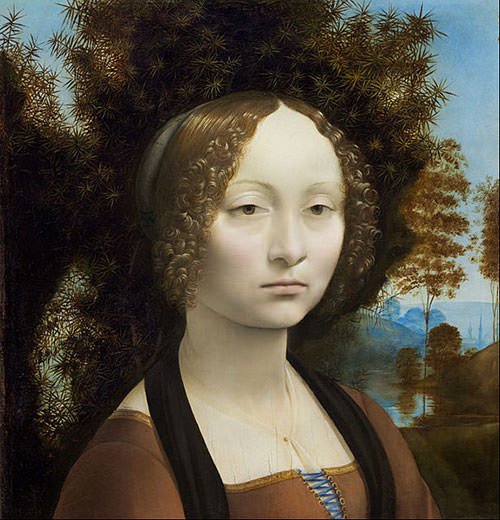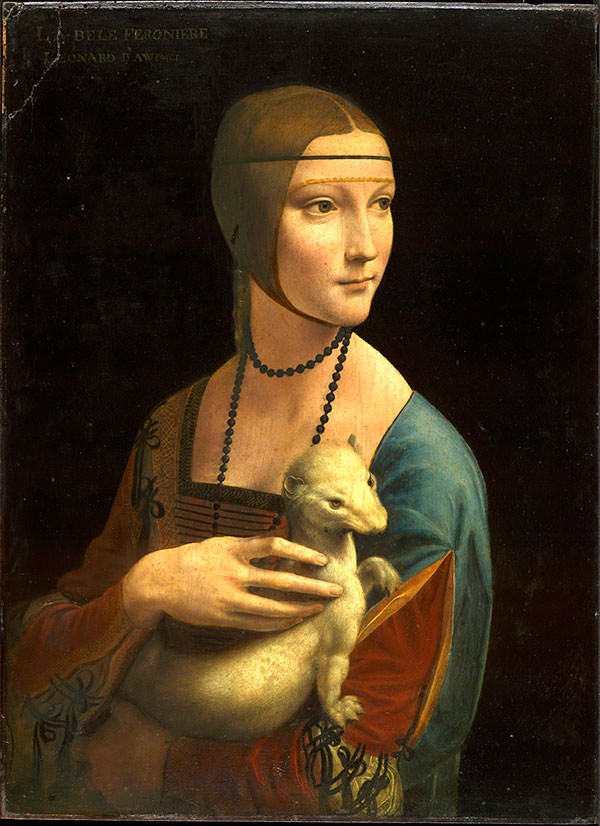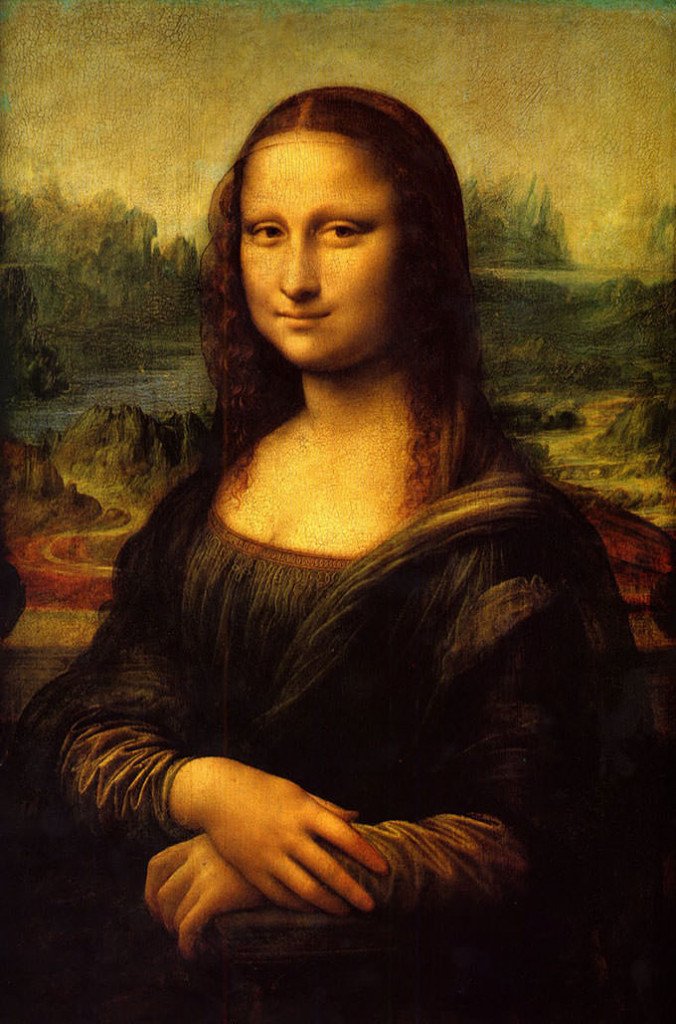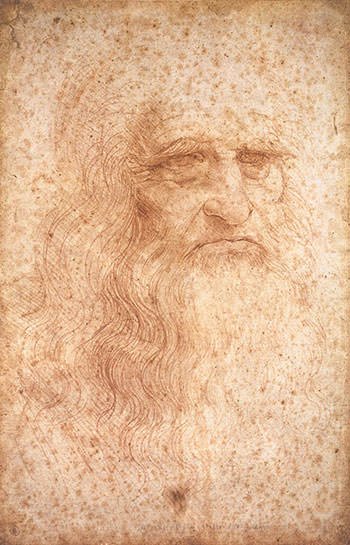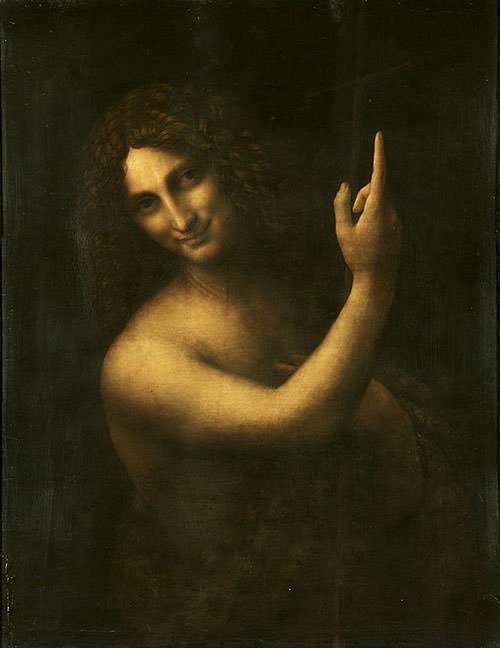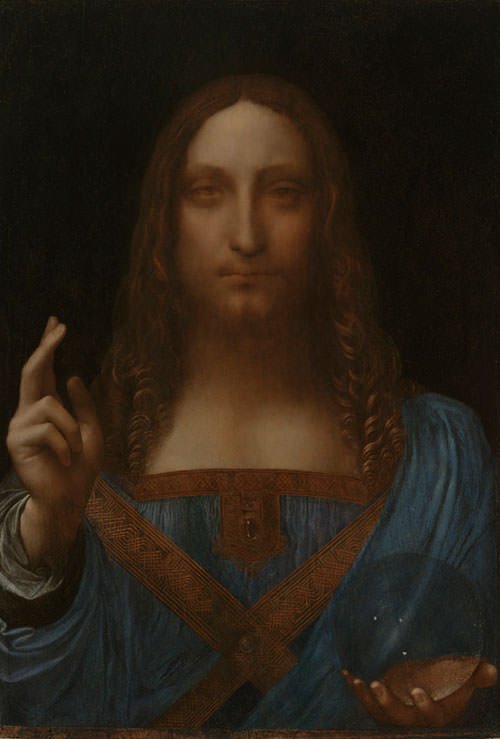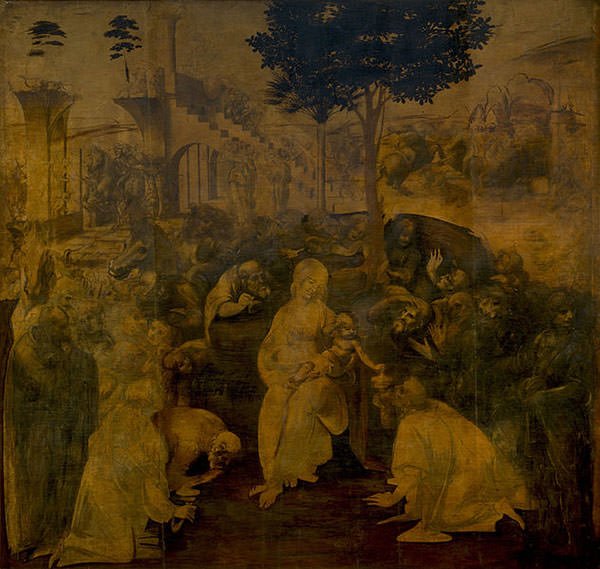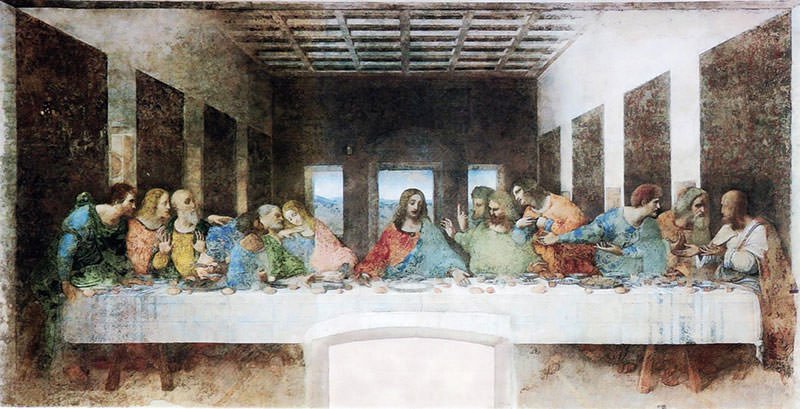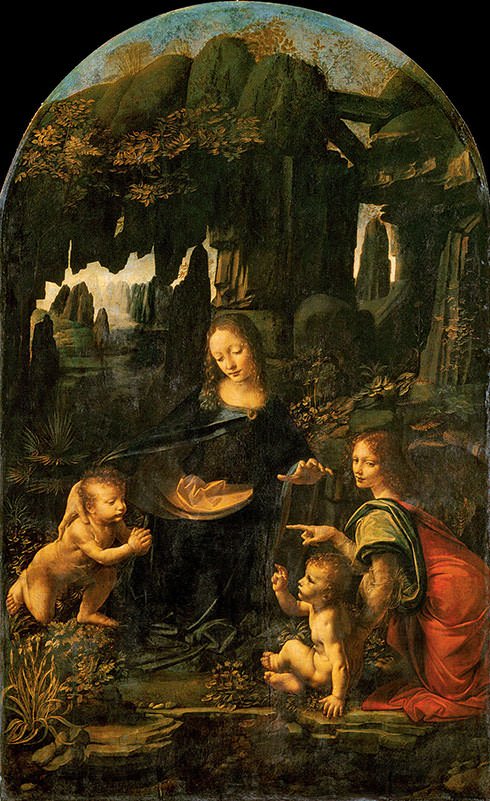- Overview
-
Leonardo Da Vincimore commonly Leonardo da Vinci or simply Leonardo, was an Italian Renaissance polymath whose areas of interest included invention, painting, sculpting, architecture, science, music, mathematics, engineering, literature, anatomy, geology, astronomy, botany, writing, history, and cartography. He has been variously called the father of palaeontology, ichnology, and architecture, and is widely considered one of the greatest painters of all time. Sometimes credited with the inventions of the parachute, helicopter and tank, he epitomised the Renaissance humanist ideal.
- Career
-
- At the age of 14, Leonardo da Vinci became an apprentice to one of the greatest painters of the time, Andrea del Verrocchio. He learned to paint and sculpt under him and was also taught the basics of metallurgy, drafting, chemistry, botany, cartography and carpentry at his workshop.
- By 1472, Leonardo qualified as a master in the Guild of St. Luke, an association of artists and doctors. Da Vinci was so attached to Verrocchio, that he abandoned the workshop that his father set-up and continued to collaborate with his master on a number of pieces.
- One of his earliest drawings is ‘Arno Valley’, a sketch of the valley of the same name, which was made on August 5, 1473, with the help of Verrocchio.
- From 1478 to 1480, he painted ‘Madonna of the Carnation’, an oil painting, with the central motifs of Young Mary and Baby Jesus on her lap and a carnation in her left hand. Originally, the painting was believed to have been created by Verrocchio, but historians later agreed that it was purely one of Leonardo’s early works.
- In the year 1500, Leonardo was appointed as the military architect and engineer and was asked to devise a plan to defend the city of Venice, from naval attack.In 1502, he entered the service of Cesare Borgia, the son of Pope Alexander VI, and created a map of Cesare’s city at a time when maps were not very common. Around the same time, he also created a town plan of Imola in order to win the dignitary’s patronage.
- In the Renaissance period, both science and art were considered important and Leonardo was vastly ahead of his time. His works in science and engineering were as impressive as his art.
- At the age of 14, Leonardo da Vinci became an apprentice to one of the greatest painters of the time, Andrea del Verrocchio. He learned to paint and sculpt under him and was also taught the basics of metallurgy, drafting, chemistry, botany, cartography and carpentry at his workshop.
- On View
-
- J. Paul Getty Museum, Los ANgeles
- The Louvre, Paris
- National Gallery of Art East Building, Washington D.C.
- Uffizi Gallery, Florence
- Royal Collection Trust
- National Gallery London
- British Museum, London
- Museum of Fine Arts, Budapest
- Galleria Nazionale Di Parma, Parma

